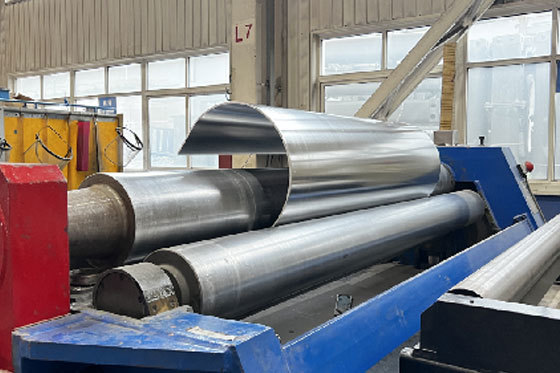Mastering Wind Turbine Tower Welding: Essential Insights for Structural Steel Professionals
Release time:
2025-10-17
Summary
Wind turbine towers are prominent structures that provide the necessary support for wind turbines, allowing them to harness wind energy effectively. The fabrication of these towers involves intricate welding processes, which are vital to their strength and longevity. As professionals in the structural steel sector, it is important to grasp the fundamentals of wind turbine tower welding, including the materials used, welding techniques, and the challenges that may arise during the process.

The primary material used in constructing wind turbine towers is high-strength steel, which offers excellent mechanical properties and resistance to harsh environmental conditions. Understanding the various grades of steel is essential, as they dictate the welding procedures and techniques to be employed. Commonly, materials such as S355 and S690 are favored for their balance of strength and ductility, which are crucial for withstanding the dynamic loads experienced during operation.
Welding techniques for wind turbine towers typically include shielded metal arc welding (SMAW), gas metal arc welding (GMAW), and submerged arc welding (SAW). Each method has its advantages depending on the specific application and environment. For instance, SMAW is often used for field repairs due to its portability, while SAW is preferred for its efficiency and ability to produce high-quality welds in a controlled setting. Understanding the appropriate technique for each scenario is critical to ensuring the successful completion of a project.
One of the major challenges in wind turbine tower welding is the potential for distortion and warping due to the heat generated during the welding process. This can compromise the overall structural integrity of the tower, making it essential to implement proper welding procedures. Techniques such as pre-heating the base material and using filler metals with matching properties can help mitigate these issues. Additionally, post-weld heat treatment may be necessary to relieve residual stresses and restore the material's mechanical properties.
Quality assurance and inspection are also integral to wind turbine tower welding. Employing non-destructive testing (NDT) methods, such as ultrasonic testing or radiographic inspection, can help identify any defects in the welds before the tower is commissioned. This proactive approach not only enhances safety but also extends the lifespan of the structure.
In conclusion, mastering wind turbine tower welding requires a deep understanding of materials, welding techniques, and best practices. By focusing on these key aspects, professionals in the structural steel industry can contribute to the development of robust, efficient, and sustainable wind energy solutions that stand the test of time.
More News


